The Canary Islands produce some of the most unique wines in the world. Being a territory that was not affected by the phylloxera plague, it preserves dozens of varieties that disappeared from the rest of the planet. The climate of the islands, the volcanic soil and the trade winds give unique characteristics to the wines of the Canary Islands and to the wine of Tenerife, which we will discuss in more detail in this article.
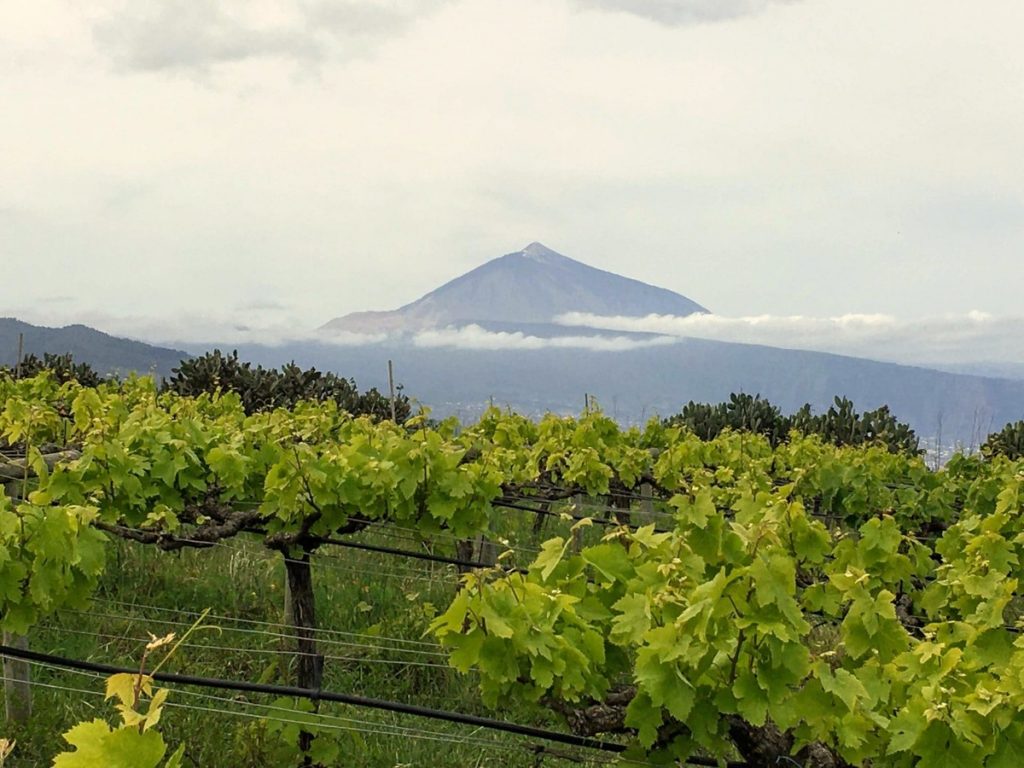
Origin of the vineyards in the Archipelago and phylloxera
The origin of the vineyards in the Archipelago dates back to the 14th and 15th centuries with the arrival of the first conquerors. They introduced different grape varieties from all over the world. The first grape of which there is documentary evidence is a Malvasia grape that arrived in Tenerife in the 15th century.
One of the phenomena that explains the uniqueness and antiquity of the island grapes is phylloxera. This plague from the United States devastated European vineyards and caused the disappearance of many varieties in the 19th century, but it never reached the Canary Islands.
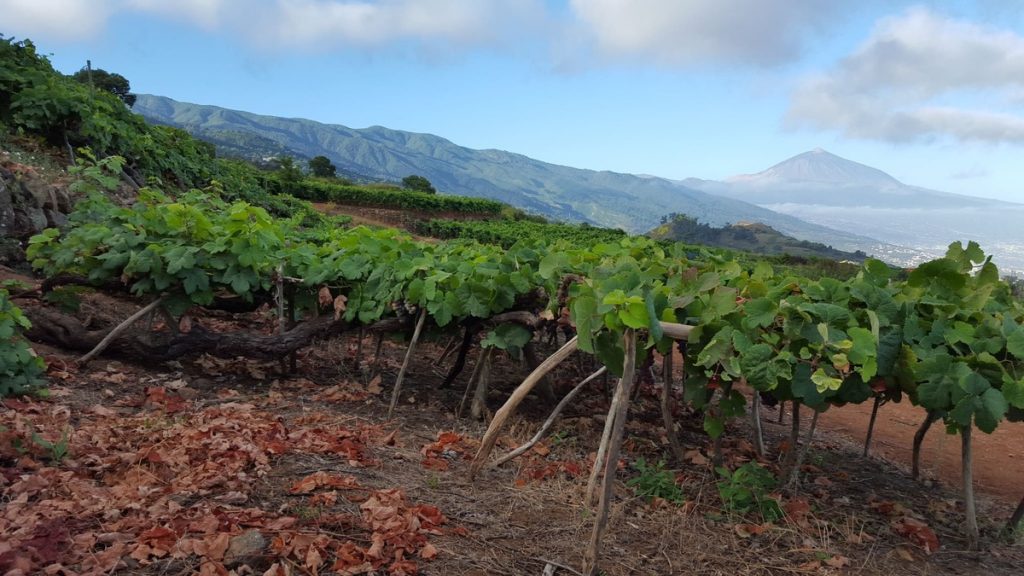
At present, the Archipelago is considered a veritable Jurassic park of varieties that, over time, have adapted to the climatic and edaphological particularities of the islands. As a result, there have been variations in the DNA of the grapes , giving rise to the so-called "local varieties". Among them are: Malvasía Volcánica, Bermejuela, Verijadiego, Albillo Criollo, Listan Negro, Mollar Cano Rosado, Torrontés Volcánico, Albillo Forastero, etc. Many used in the production of Tenerife wine.
The different wine D.O. of Tenerife
The different types of vines are distributed in ten different denominations of origin, five of them located only in Tenerife: Tacoronte - Acentejo, Valle de La Orotava, Ycoden - Daute - Isora, Abona and Valle de Güímar. The other five, each one on a different island, except Fuerteventura, the only island of the archipelago where there is no wine tradition. The purpose of these appellations is to accredit and ensure compliance with the regulations governing Canary Island wines, as well as to control them, encourage their consumption and promote them.
D.O. Tacoronte - Acentejo
The Tacoronte - Acentejo region is located on the northern slope of Tenerife and represents 20% of the Canary Islands wine-growing area. The vineyards are located between 100 and 1,000 meters above sea level and make good use of the sun and the volcanic soil on which they grow.
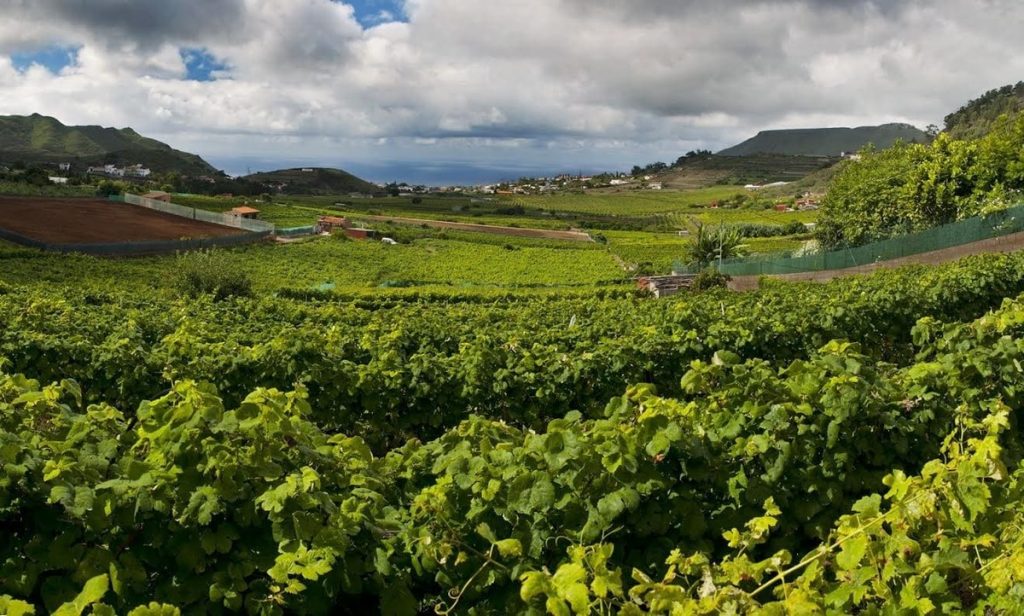
The plantations are located on steep north-facing slopes facing the sea. The soils are reddish in color, rich in organic matter, with a low proportion of lime and abundant nitrogen, phosphorus and potassium.
D.O. Ycoden - Daute - Isora
It covers the wide and green northwestern region of Tenerife, including the municipalities of San Juan de la Rambla, La Guancha, Icod de los Vinos, Garachico, Los Silos, Buenavista del Norte, El Tanque, Santiago del Teide and Guía de Isora. The vineyards are located on soils of ash and volcanic rocks in plots located from 50 to 1,400 meters above sea level. These enjoy a climate that allows the development of quality viticulture.
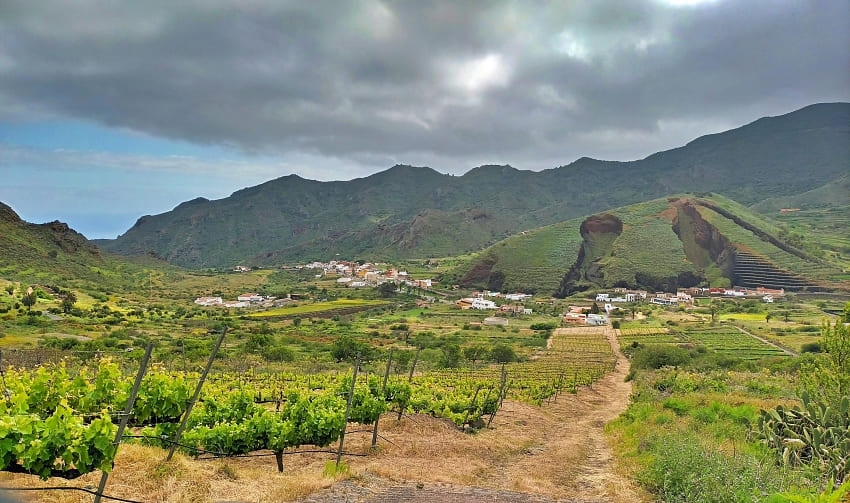
The plots dedicated to vine cultivation are generally small, steep and almost do not allow mechanization. Twenty varieties are allowed, the most widespread being listan blanco, listan negro and negramoll.
D.O. Güímar Valley
The wine-growing region of Valle de Güímar is located in the southeast of the island of Tenerife and includes the municipalities of Arafo, Candelaria and Güímar. The vineyards in this region extend from areas near the coast to very high altitudes, close to 1,500 meters. The soils of volcanic origin and the predominance of the trade winds mark the character and personality of the wine.
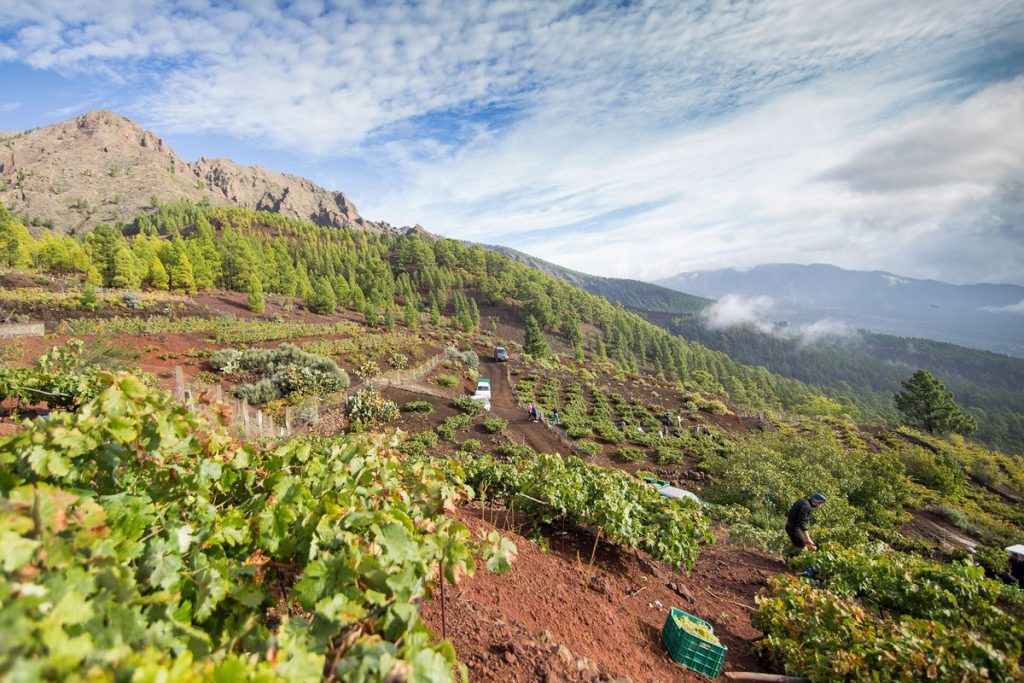
D.O. Abona
This D.O. comprises the municipalities of Adeje, Arona, Vilaflor, San Miguel de Abona, Granadilla, Arico and Fasnia, in the south of the island. The vineyards of this region are divided into a middle zone dominated by the jables, which give the wine its own personality, and an upper zone, where the black earth predominates. The trade winds cool the temperatures, which leads to a considerable advance of the harvest date in the lower areas.
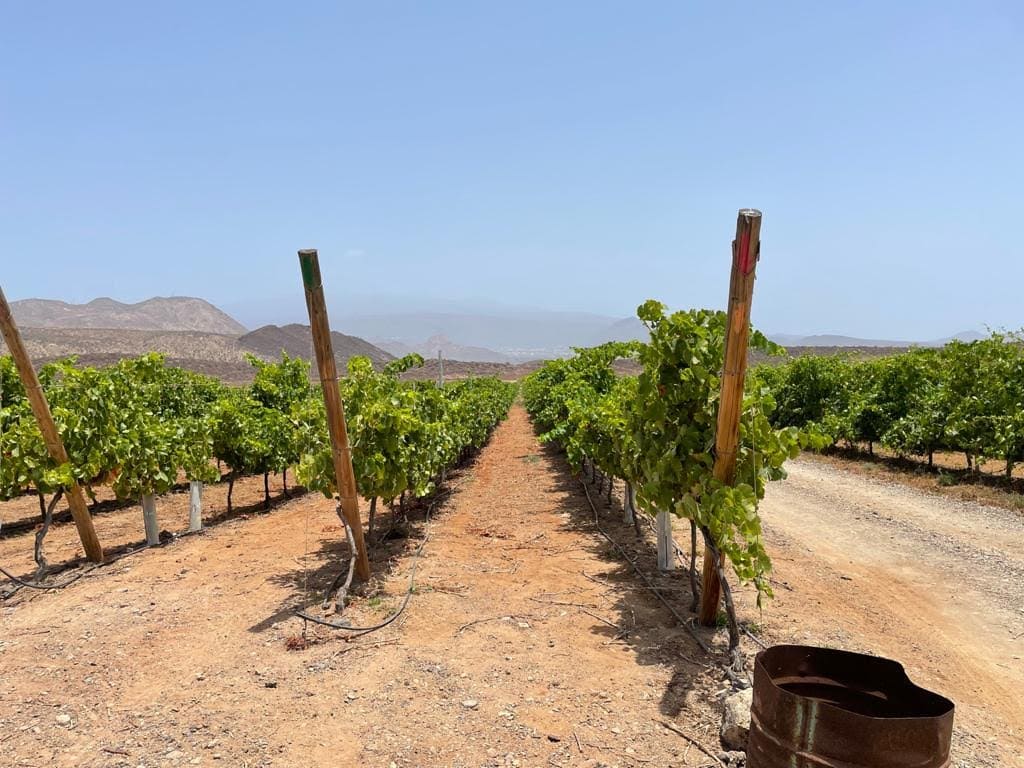
Two wineries to visit in Tenerife
Marquis' Fortunes
In the heart of the Orotava Valley is Suertes del Marqués, a family winery that uses native yeasts and exclusively manual work that give their wines a unique delicacy and personality. In addition, they avoid systemic treatments, using only natural products in the appearance of diseases.
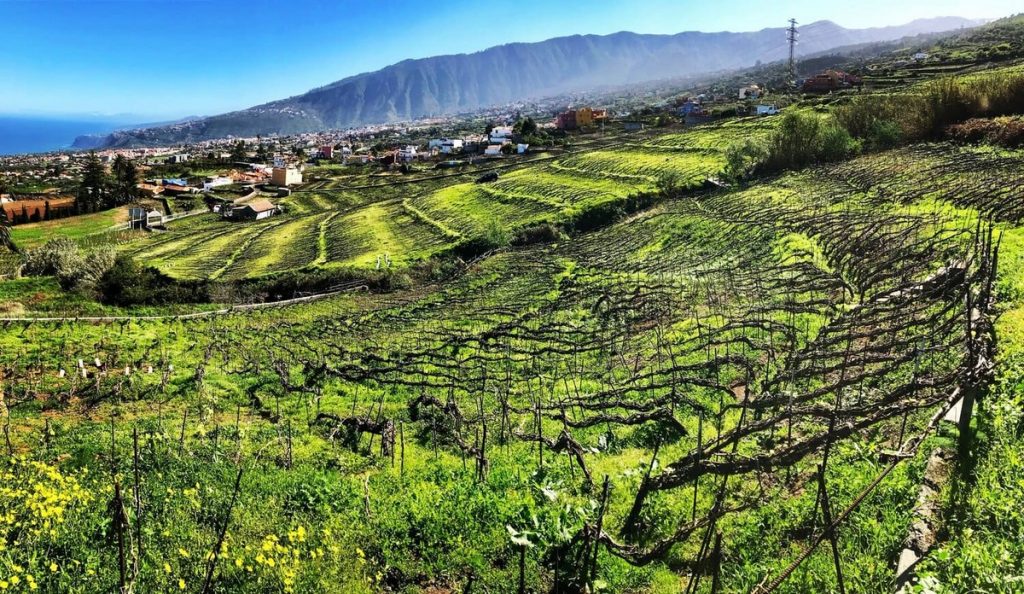
Cultivated in the traditional braided cordon system, a unique conduction system in the world, many of its vines are around one hundred years old. The predominant varieties of the estate are Listan Negro and Blanco. These coexist with other native varieties such as Vijariego Negro, Baboso Negro, Tintilla or Albillo Criollo.
Send it to
Winery with wines from Tenerife(Taganana, Orotava and Santiago del Teide), Galicia, Extremadura and Castilla-La Mancha. The initiative of this adventure corresponds to four winemakers in search of fresh wines with little intervention. Very limited production of native varieties. The wines from Tenerife are wines where the influence of the volcanic soils and the varied microclimates are noticeable. Their winery is located in Santiago del Teide.
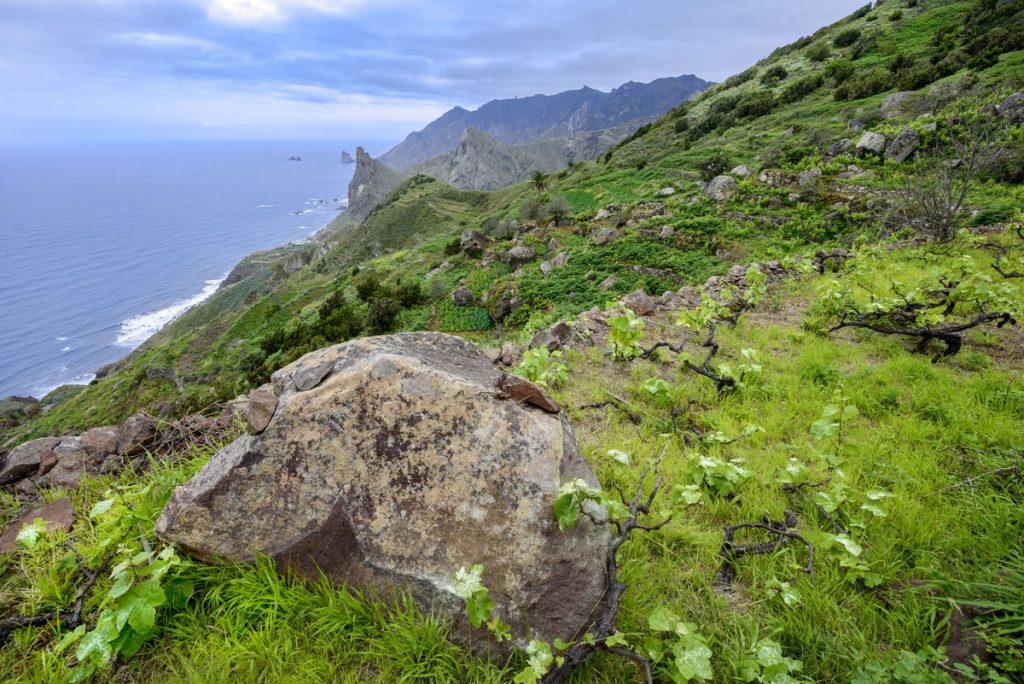
If you are interested in the world of products made in the Canary Islands and want to know more about them, here are some articles: The Canarian hot pepper, an essential ingredient; Malvasía volcanic, the grape of Lanzarote; Malvasía volcanic, the Lanzarote grape; The morena in the Canary Islands, tradition and beauty.
Paula Vera
Photos: canariasviaja.com, Bodega Suertes del Marqués, elespañol.com, vinosvalleguimar.com, vinetur.com



